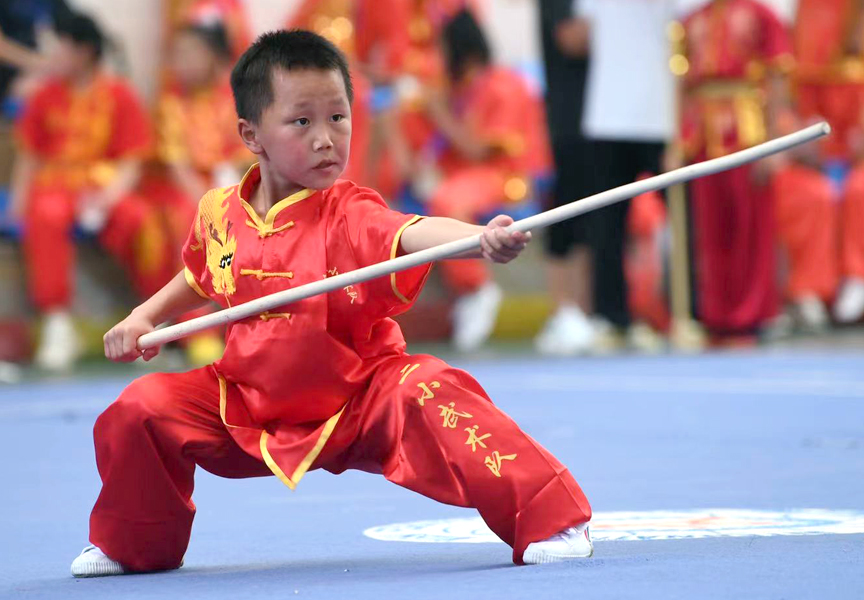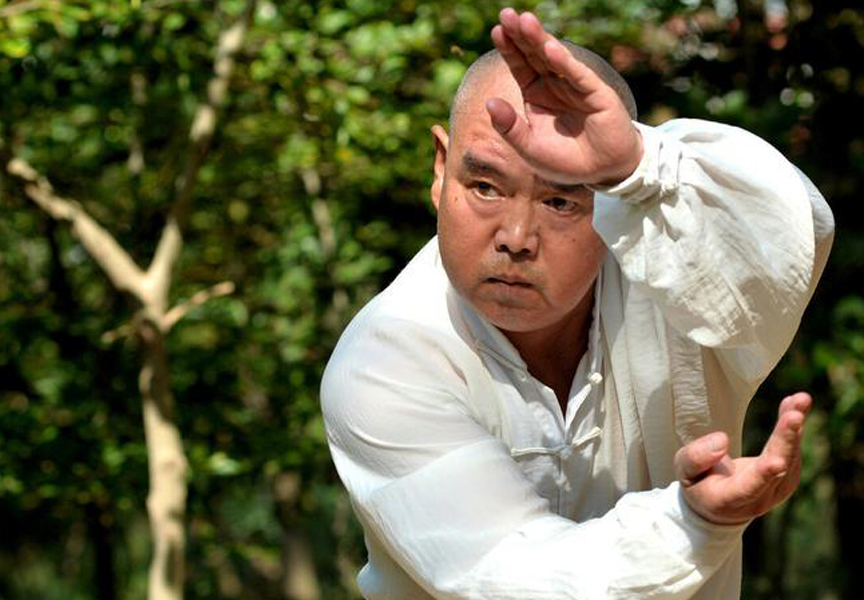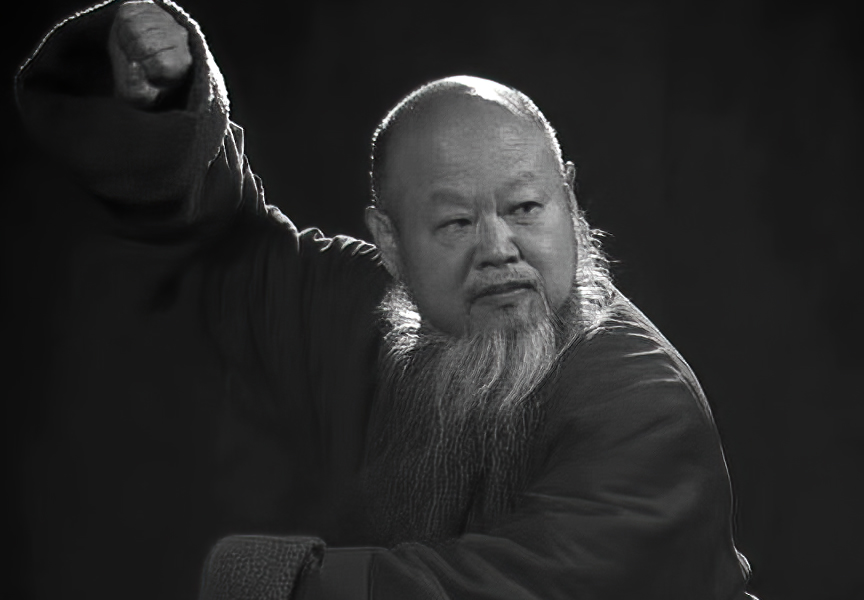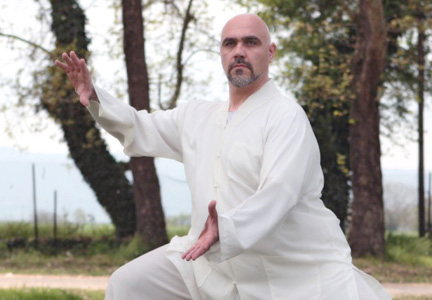Random Free Articles
- Martial Arts Training for Kids

In the realm of extracurricular activities for children, the decision to enroll a child in martial arts training is often met with a range of opinions among parents. Concerns about violence, conflicting desires for athletic prowess versus discipline and values, and uncertainty about the appropriateness of martial arts for kids are common factors influencing parental decisions. This article delves into the considerations surrounding martial…
- Regulating and Balancing Qi

A Holistic Approach to Health and Well-Being The concept of Qi, often pronounced as "chi," is a fundamental principle in traditional Chinese medicine (TCM) and various Asian cultures. Qi represents the vital life force or energy that flows through the human body and the universe, influencing our physical, mental, and spiritual well-being. According to TCM, maintaining a harmonious flow of Qi is essential for good health. Regulating…
- Unlocking the Serenity Within

In a fast-paced world filled with stress and anxiety, it's essential to find ways to maintain physical and mental well-being. Shaolin Rou Quan, often referred to simply as Tai Chi, is an ancient Chinese martial art that has been practiced for centuries and is gaining popularity worldwide for its numerous health benefits. This gentle and flowing exercise combines mindfulness, slow and graceful movements, and controlled breathing to promote…
- Concept of Family in Chinese Traditional Martial Arts

In the realm of Chinese traditional martial arts, the concept of family extends far beyond mere blood relations. It embodies a profound philosophy that transcends physical combat, emphasizing values such as loyalty, respect, and harmony. Rooted in ancient traditions and wisdom, the notion of family in martial arts serves as a cornerstone for personal development, community cohesion, and cultural preservation. At the heart of Chinese martial…
- Rouquan Shaolin Internal Exercise

Soft Fist - Rou Quan [Chin.: róuquán 柔拳], is an excellent Shaolin Internal Exercise «Nei Gong» [Chin.: Shàolín nèigōng 少林 內功], which constantly develops human body’s physical and vital energy reserves and in conjunction with the «Five Skills» [Chin.: wǔgōng 五工], allows strides of improvement to anyone who wants to evolve his skills in concentration, balance and deep relaxation. Shaolin Rou Quan addresses to all…

